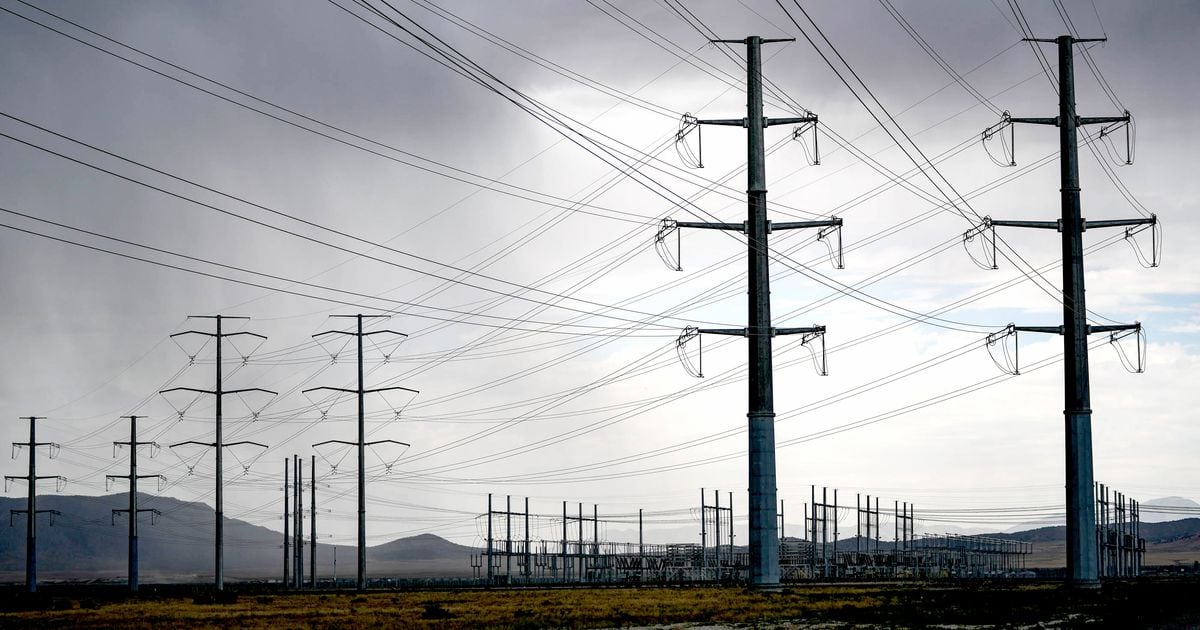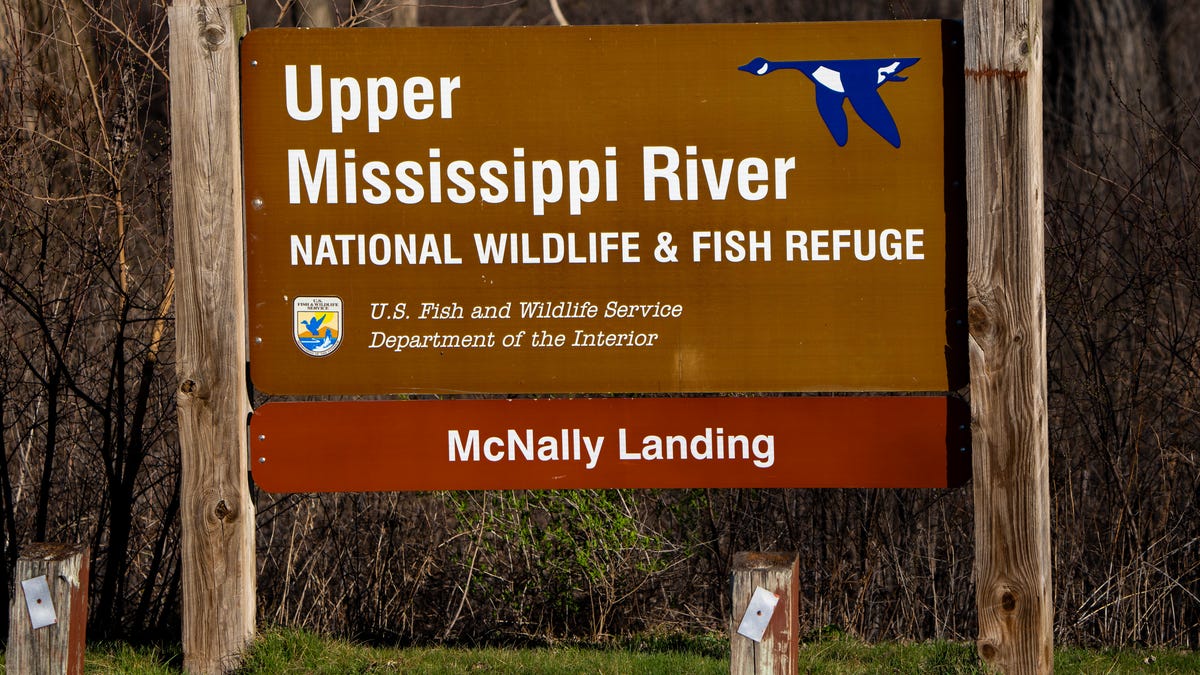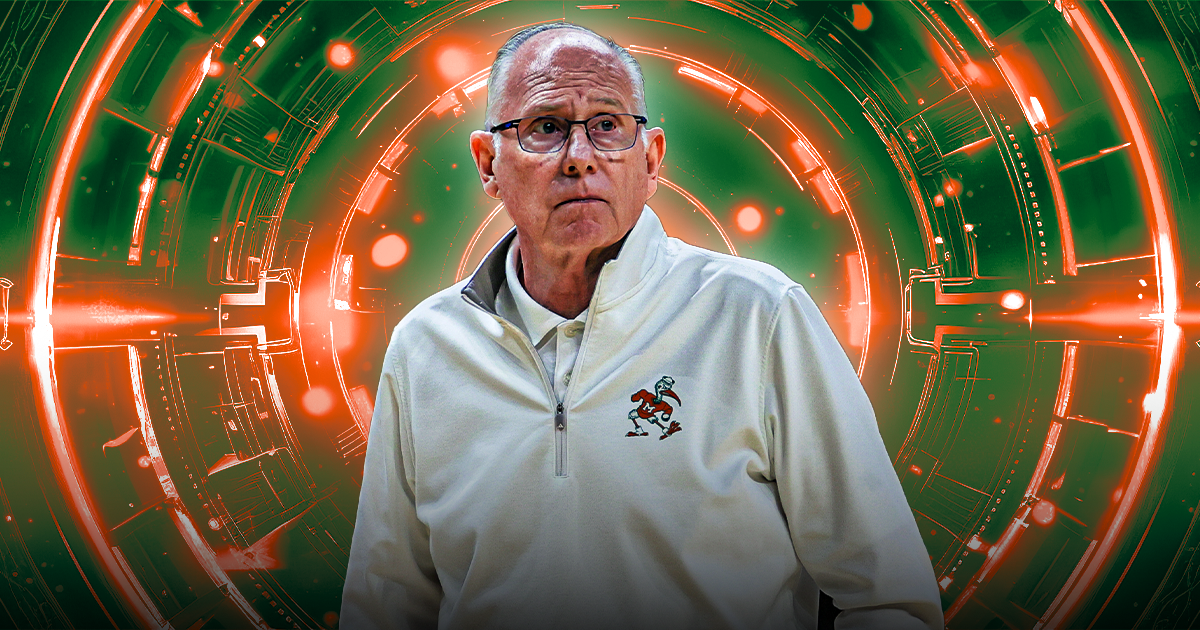This story is part of The Salt Lake Tribune’s ongoing commitment to identify solutions to Utah’s biggest challenges through the work of the Innovation Lab.
[Subscribe to our newsletter here]
The U.S. Department of Energy has committed to funding a 214-mile electrical transmission line connecting Utah and Nevada that can flow both ways, meaning it can bring power to Utah and deliver Utah power elsewhere as needed.
The 500-kilovolt Cross-Tie line will run between the Robinson Summit substation north of Ely, Nev., and the Clover substation near Mona. There, it will connect with the Gateway South line, now under construction, that ties to wind farms and other sources in Wyoming. It also will connect to other major lines near the Intermountain Power Plant outside of Delta, opening up up larger markets for both producers that sell power and utilities that buy it.
“Cross-Tie is going to increase electricity reliability for people in Utah,” said Maria Robinson, head of DOE’s Grid Deployment Office, in a phone interview.
She said the line will allow more Nevada and California solar power to come to Utah when it is cheap while also allowing more Utah power from a variety of sources to flow out of state when needed. And it will bring more Wyoming wind power to other western states.
(Christopher Cherrington | The Salt Lake Tribune)
The project was one of three major transmission projects announced by DOE on Monday. The others were a line connecting Arizona and New Mexico and another connecting New Hampshire and Vermont. The three projects represent a $1.3 billion commitment, and Cross-Tie will be roughly a third of that, Robinson said. All three are part of the massive overhaul of the nation’s grid that is needed to provide more clean electricity.
Robinson’s office also announced completion of a national transmission needs study, which found that the U.S. Mountain region will need nearly 2,300 “gigawatt-miles” of new transmission to reach the targets of the Inflation Reduction Act. Cross-Tie will provide 14% of that. (A gigawatt-mile is a measure of both the length and the capacity of a transmission line.)
(Trent Nelson | The Salt Lake Tribune) Clover Creek Solar in Mona in 2021.
The current grid was built to push power out from large power plants, most of them fueled by climate-damaging fossil fuels. The future grid will integrate both intermittent sources like wind and solar along with more dispatchable sources like hydropower, geothermal energy and utility scale batteries.
“Our current transmission system is badly in need of updating, and investments such as these not only increase the reliability of our electricity system, but also unlock affordable, pollution-free energy sources such as wind, solar, and geothermal,” said Sarah Wright, CEO of Utah Clean Energy, a nonprofit working on energy solutions in the state.
Robinson said the federal government has committed to buy transmission capacity on the three lines. “It’s not a grant, and it’s not a loan,” said Robinson. “The federal government is committing to buy power on this line.”
That commitment will allow the project to start construction in 2025. Robinson said in time DOE will sell the transmission capacity to utilities and recoup the federal investment.
Transmission lines can take over 10 years just to complete the permitting and approval process, but Cross-Tie is already a “mature” project that has passed many administrative hurdles, Robinson said. The project is expected to be operational in 2027 or 2028.
DOE estimates during construction the project will stimulate $761 million in economic activity and lead to 4,100 jobs in the two states. The project developer is TransCanyon LLC, a partnership between Berkshire Hathaway U.S. Transmission and Pinnacle West Capital Corporation. Berkshire Hathaway Transmission is part of Berkshire Hathaway Energy, which also owns Pacificorp, parent company of Utah’s largest electricity provider, Rocky Mountain Power. And Pinnacle West is the parent of Arizona Public Service, Arizona’s largest electricity provider.
Utah Office of Energy Development spokesperson Tracy Rees said OED Director Greg Todd is meeting with Cross-Tie officials next month, and he had no comment before then.
























/cdn.vox-cdn.com/uploads/chorus_asset/file/24924653/236780_Google_AntiTrust_Trial_Custom_Art_CVirginia__0003_1.png)




/cdn.vox-cdn.com/uploads/chorus_asset/file/25672934/Metaphor_Key_Art_Horizontal.png)

